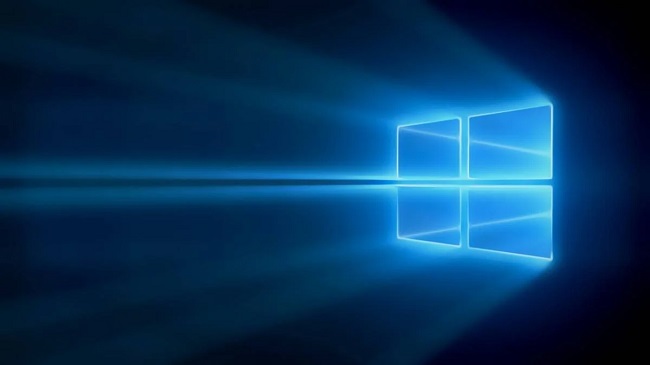When working on a computer, it can be difficult to finish your tasks if a mistake causes the content to be too huge for the screen. It’s possible that the computer monitor can’t handle the resolution setting.
Knowing how to adjust the size of your computer screen can come in handy if you’re a professional who regularly uses a computer. In this post, we’ll go over the many options available for adjusting the size of your computer’s display, along with a brief explanation of what the issue is and when it should be addressed.

What Does The Screen Size of a Computer Look Like?
The dimensions of the viewing area on a computer are known as the screen size. Your job duties may need you to spend a lot of time in front of the computer screen.
There may be advantages to having a large computer screen, such as improved readability, and disadvantages, such as the portability of your device, when using a smaller screen.
In order to divide and conquer their workload, several professionals use dual or many displays. If you have multiple monitors of varying sizes, you’d have greater total screen real estate.
Also Read:
- Windows Cannot Access The Specified Device Path or File
- How To Transfer Data From One HardDrive To Another Windows 10
- Windows Cannot Verify The Digital Signature For The Drivers Required For This Device
When is it Necessary To Upgrade Your Display?
If the content on your screen is too big for the screen, you may need to adjust the size of your computer’s display. The result is a magnified view of the content, like a blown-up web browser.
Sometimes only a portion of the browser window will fit on the screen, but typically the complete window will. The screen’s resolution is usually to blame for this problem. The resolution of your screen determines how crisply everything displays on your screen.
Images with a higher resolution are crisp and detailed, while those with a lesser resolution appear fuzzy and blown up.
Incorrect Windows 10 Display Settings And How To Repair Them
In Windows 10, there are five simple steps to resizing your display:
Solution 1: Select Display Settings from the right-click menu on your desktop.
If you right-click the mouse on the desktop, you’ll see a menu with many choices. Using this drop-down, select “Display Settings.” This choice sits just above the “Personalize” button at the menu’s very bottom. The icon for this option is a window on a computer screen.
Solution 2: To access the more complex screen options, select the corresponding button.
When you click “Display Settings,” a new window will pop up. Within this window, you’ll find a number of configuration choices. The “Advanced display settings” option is usually located at the very bottom of the window, so you’ll need to scroll down to access it. When you click this link, you’ll be sent to a new page.
Solution 3: Click the Resolution pull-down menu.
The “Resolution” drop-down menu appears once you pick “Advanced display options.” This is found just above the “Related settings” section. By clicking here, you can get a list of available resolution options.
The size your screen appears on your computer depends on the resolution value. The resolution required by one display may not be compatible with another.
Solution 4: Determine the best resolution for your needs.
The next step is to select a resolution that works with your display. Usually, the optimal resolution for your screen will include the word “Recommended” next to it.
Choose that choice if it’s available; otherwise, try out several values until you find the one that works best. The resolution is correct when the display appears to be the suitable size for the computer.
Also Read:
- Windows Update Stuck at 100
- How To Install Windows on A New Hard Drive
- How To Install Windows 10 on A New Hard Drive
Solution 5: To save your modifications, select the checkbox next to “Apply and Keep.”
Select the desired resolution and then validate your selection by clicking the “Apply” button. Below the resolution selection menu, you’ll see this option.
After the new resolution value has been applied, a popup will appear asking if you want to preserve the changes or revert to the defaults. When setting a new resolution, select “Keep changes” to keep the value unchanged.


















